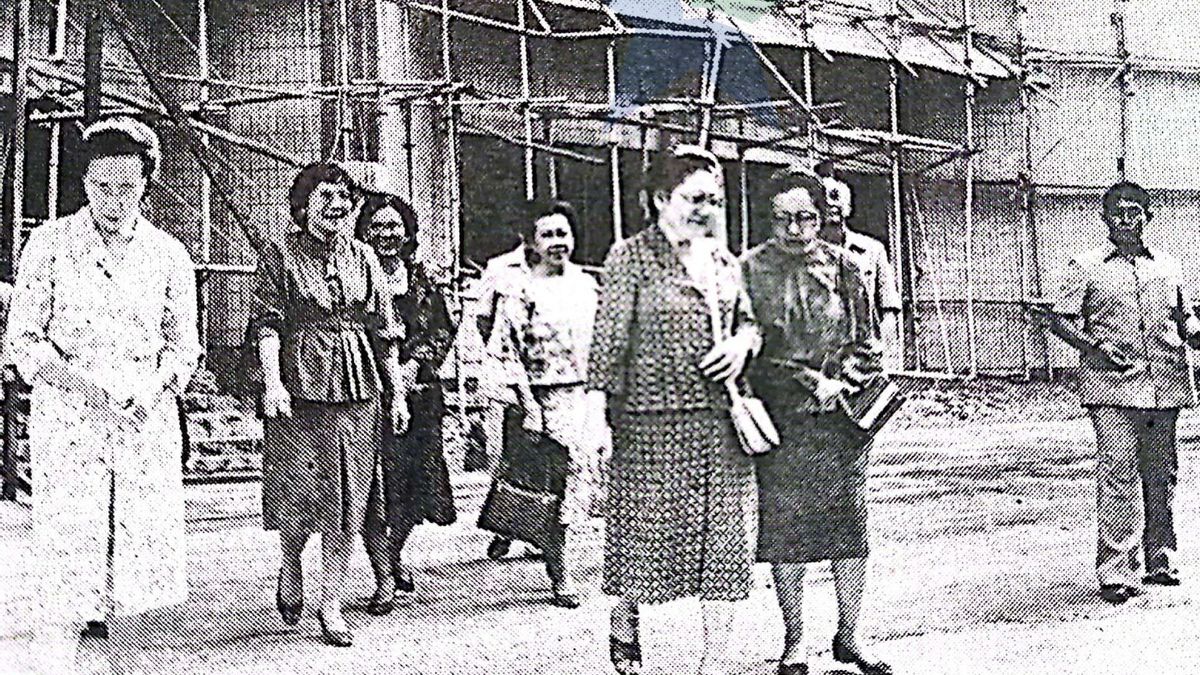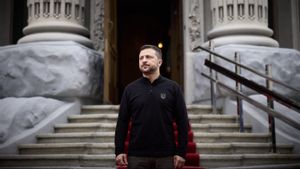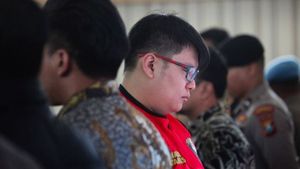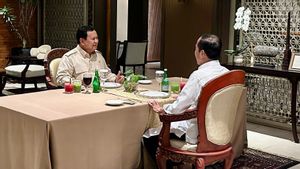JAKARTA History today, 37 years ago, December 8, 1985, the construction of the National Library (Perpusnas) building on Jl. Salemba Raya, Central Jakarta officially began. The wife of President Suharto, Siti Hartinah (Mrs. Tien) is behind it. He also held the groundbreaking ceremony.
Previously, Mrs. Tien considered that the National Museum Library could no longer accommodate an increasing collection of documents. Instead, he initiated a magnificent Perpusnas building that could accommodate many collections from books to archives.
The presence of libraries is not new since Jakarta. The space that is able to store and accommodate reading collections has been present during the Dutch colonial period, since Jakarta was still named Batavia. Even though it is still limited. Those who are able to set up libraries are only limited to rich people and churches. As a result, those who are able to access libraries are not many.
However, the emergence of Jacob Cornelis Matthieu Radermacher changed everything. The Dutchman began his mission to advance science in Batavia. From establishing scientific associations, museums, to libraries.
The botancier founded the science association, Bataviasch Genootschap van Kunsten en Watenschappen on April 24, 1778. His contribution was unmitigated. He also donated six cupboards of ancient objects and books for the Bataviaasch genootschap museum and library.
The books consist of books of natural science, life, law, and so on. Therefore, the Library was transformed into one of the largest literatures in Batavia. All kinds of people can access the library, just like the museum.
This library shares space with the museum and occupies the same room as the museum. At first the museum was located in a house in Kali Baru which was also donated by Rademacher to Bataviasch Genootschap.
Then because the collection increased and the room felt too small, the museum was moved to a building on Jalan Harmoni No.3 which is located near the Wisma Nusantara building now. But the building is now no longer there. Only in 1868 the museum and its library were moved to the current building, Jalan Merdeka Barat 12, "said Wahyono Martowikrido in the book Story of the Arca Building (2006).
The Bataviaasch library of Genootschap continues to survive. In fact, until Indonesia became independent. The Indonesian government also changed the name of the Bataviasch Museum of Genootschap to a National Museum. Since then, the National Museum Library has become a prima donna.
Recently, the capacity of the National Museum Library has begun to be full. Many documents are not well maintained. This condition then inspired Mrs. Tien to build a magnificent library building in Salemba through the Harapan Kita Foundation. The Salemba National Library, his name.
The idea of building a library has received support from many parties. Suharto's support, especially. The construction of the National Library building was carried out on December 8, 1985. Ibu Tien inaugurated its construction with the groundbreaking ceremony.
The library building was built in two stages. The first phase was completed in December 1986 and the second stage was completed in October 1988. Then, the presence of the National Library became the pride of the Indonesian people, especially the citizens of Jakarta. Later, the National Library will be moved again to a larger building in Medan Merdeka Selatan in 2017.
"Documents, among others, must be stored properly and carefully in the National Library. Once the document is damaged or lost, then we lose an invaluable source and may never be replaced for some time.
"Since then, I have been moved to build a National Library building. A building that meets the requirements and is able to accommodate necessities in a distant future," said Mrs. Tien Suharto as written by Mulyono Atmosiswartoputra in the book Perempuan-Perempuan Pengukir Sejarah(2018).
The English, Chinese, Japanese, Arabic, and French versions are automatically generated by the AI. So there may still be inaccuracies in translating, please always see Indonesian as our main language. (system supported by DigitalSiber.id)









